Low Potassium Diet: What Is It, How It Works, And Foods To Eat & Avoid
Learn how to lower potassium levels in your blood through diet and boost your health.

Image: Shutterstock
Potassium is an important dietary mineral that helps regulate many bodily functions, but if its levels go up, following a low-potassium diet may be a good idea for some individuals. This is because an excess of potassium in the body may lead to muscle weakness and other life-threatening conditions (1). Excess potassium is filtered by the kidneys and removed through urine. However, if you have kidney problems, this could be a problem. In such cases, switching to a low-potassium diet may help you keep your potassium levels in check. This article covers all you need to know about a low-potassium diet, foods to include and avoid, and recipes you can try. Scroll down to learn more.
 At A Glance: Low-Potassium Diet
At A Glance: Low-Potassium Diet- Principle: An approach to restrict daily dietary potassium intake to within 2000-3000 mg per day.
- Purpose: To reduce the potassium levels in the body and relieve symptoms of hyperkalemia.
- Who It Is For: Individuals with chronic kidney disease, heart issues, or abnormally high potassium levels.
- Who Should Avoid: Individuals with potassium deficiency, pregnant and nursing women, and those with (a history of) eating disorders.
- Cons: Potassium deficiency may lead to muscle weakness, irregular heartbeat, and fluctuations in blood pressure.
In This Article
What Is A Low-Potassium Diet?
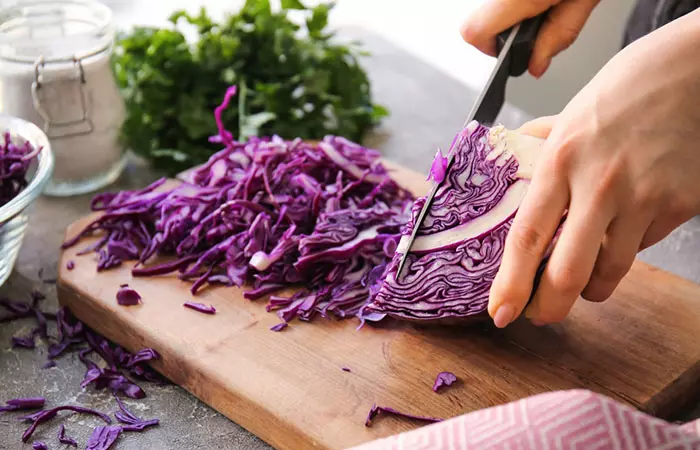
A low-potassium diet involves consuming foods that contain low levels of potassium to avoid overdose. According to the US National Academy of Sciences, the recommended daily intake of potassium for healthy adults is 3,400 mg per day for men and 2600 mg per day for women. For those who have high blood potassium levels (hyperkalemiai A medical condition caused by an increase of potassium levels in the bloodstream, leading to cardiac and muscle problems. ) and chronic kidney disease, it is limited to 2,000 mg per day (2). In extreme cases of kidney disease, the recommended potassium intake may need to be reduced to 1,500 mg per day or even lower (3).

Limiting potassium intake is crucial because high potassium levels in the blood may lead to (4), (5):
- Cold skin
- Mental confusion
- Drowsiness
- Muscle tiredness, cramps, weakness
- Lightheadedness or nausea
- Palpitations
- Paralysis
 Pro Tip
Pro TipSince going on a low-potassium diet means you have to exclude or limit the intake of many healthy and nutritious fruits and vegetables, it’s important to consult a doctor and follow the recommended diet plan to avoid the risk of deficiencies.
Keeping the dietary potassium at healthy levels improves bodily functions and protects you from various health issues. Let’s understand how it helps and things to keep in mind while following the low-potassium diet.
Key Takeaways
- A low-potassium diet is crucial for individuals with kidney problems or hyperkalemia.
- It involves limiting high-potassium foods and controlling portion sizes to manage potassium levels.
- Cooking methods like leaching and double boiling can help reduce potassium content in vegetables.
- Consulting a dietitian for personalized meal plans is recommended.
Low-Potassium Diet: How It Works And Tips To Follow
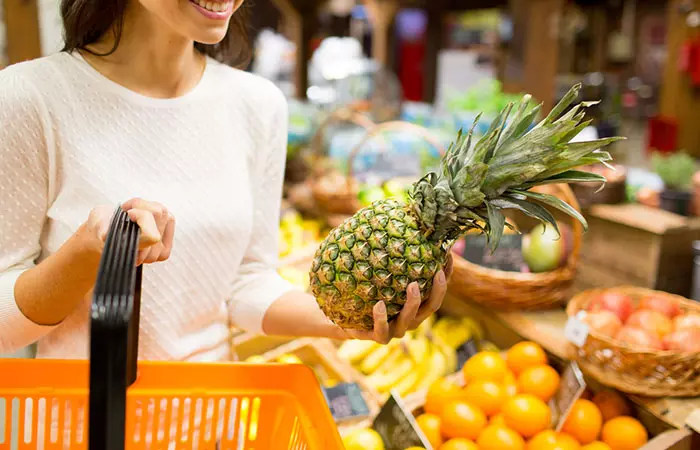
A low-potassium diet adheres to the following principles:
- Limiting High-Potassium Foods
It focuses on reducing the intake of dietary fiber by allowing moderate to no consumption of high-potassium foods. These foods include spinach, bananas, potatoes, mangoes, red meat, kiwis, beets, etc. (5)
- Controlling Portion Sizes
Consuming too many low-potassium foods at once may still increase your potassium intake. Therefore, it is crucial to plan your meals carefully and watch your portions when on a low-potassium diet. Similarly, reduce the portion size of high-potassium foods to maintain healthy potassium levels in your meals.
- Avoiding High-Potassium Additives
Processed and packaged foods are loaded with additives such as potassium chloride (6). Read the labels carefully and limit the quantity of processed foods in your diet when on a low-potassium diet.
- Selecting Low-Potassium Alternatives
Consuming foods with a lower potassium content and choosing low-potassium alternatives to certain foods may help you eat more without overdosing on this mineral. For example, you may choose white rice instead of brown rice or grapefruit instead of grapes (7).
- Trying Effective Cooking Methods
Leaching is the most common technique that may draw out potassium from root vegetables such as potatoes. It involves slicing and soaking the vegetables in water overnight, followed by draining and boiling the vegetables in new water (8).
However, compared to leaching, boiling the foods may significantly reduce potassium content. A study published by the National Library Of Medicine suggests that cutting vegetables into smaller pieces or shredding them before boiling helps remove a lot more potassium compared to just leaching (9).
Another study suggests that the double cooking method (boiling, rinsing, and boiling again) is more effective in drawing out maximum potassium from tuberous root vegetables (10).
All these techniques are highly effective and may help you reduce and optimize potassium levels in your diet. Consult a registered dietitian to finalize the personalized measures for maintaining the required level of potassium in your diet. They can recommend some healthy low-potassium foods to choose from.
Your doctor may also prescribe diureticsi Medications that increase urine production and help get rid of the excess fluid and salt from the body. and potassium bindersi Medications that help remove excess potassium from the bloodstream in individuals with hyperkalemia. to bring your potassium levels under control (11), (12). This excess potassium is then passed through urine and stool. However, prevention is better than cure, and your diet plays a huge role in managing hyperkalemia.
 Did You Know?
Did You Know?In the case of a potassium overdose, you may need certain low-potassium foods that can help regulate the potassium levels. Check out the next sections to learn more about foods to eat and avoid.
Low-Potassium Diet: Foods To Eat And Avoid
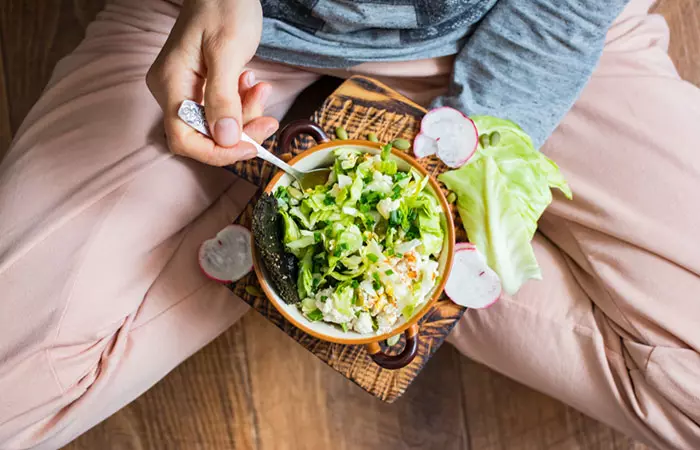
Foods To Eat
Vegetables
Here is the list of low-potassium vegetables that you may eat (14), (15):
- Green peas
- Cauliflower
- Corn (sweet yellow)
- Parsnip
- Green onion
- Iceberg lettuce
- Radish
- Cucumber
- Green cabbage
- Leaf lettuce
Fruits
Here are some fruits that are low in potassium (16), (17):
- Apples
- Strawberries
- Tangerines
- Pineapple
- Pear
- Lime
- Lemon
- Grapefruit
- Honeydew melon
Other Low-Potassium Foods
Check out some foods that are low in potassium (18), (19), (20):
- Rice milk
- Egg whites
- White rice
- Toasted bread
- Pasta
- Corn Flakes
These are among some suitable foods for a healthy kidney. Now, while eating well is important, you also need to steer clear of foods that can be bad for you. Learn about them below.
Foods To Avoid
Vegetables
Here are some vegetables that you need to avoid or consume in moderation (1), (15), (21):
- Dried beans and peas
- Brussel sprouts
- Spinach
- Sweet potato
- Asparagus
- Broccoli
- Celery
- Cauliflower
- Mushroom
- Potatoes
- Sweet potatoes
- Tomatoes
- Beet greens
- Carrot
- White beans
Keep an eye on portion sizes if you are eating foods high in potassium to avoid exceeding the daily allowance. For instance, limit your intake of potatoes to no more than a quarter of a medium-sized potato and your intake of bananas to approximately half a banana per day. You can lower your risk of hyperkalemia and help keep potassium levels within safe ranges by monitoring serving sizes, particularly if you have renal disease or other health concerns.
Fruits And Dried Fruits
Avoid these fruits to prevent spikes in potassium levels (1), (17), (21):
- Sweet cherries
- Watermelon
- Plums
- Nectarines
- Oranges
- Avocado
- Dried apricots
- Dates
- Kiwifruit
- Prune
- Grapes
- Cantaloupe
Other High-Potassium Foods
Watch your portion sizes when consuming the following foods as they contain high levels of potassium (14), (21):
- Dairy products (cheese, milk, ice cream, yogurt)
- Organ meats, liver
- Dark colas/sodas
- Oysters
- Sardines
- Yogurt
- Chocolate
- Bran cereals and oatmeal, whole grain products
- Nuts and nut butters
- Egg yolks
- Salmon
- Pork chop
- Cod

Comparison of potassium content in commonly consumed fruits
Source: David P. Richardson, Lynley N. Drummond, Juliet Ansell The Nutritional And Health Attributes Of Kiwifruit: A ReviewThis list of low-potassium foods may be very restrictive, but you may still enjoy a variety of medium or high-potassium foods by carefully selecting the portions. We have shared a sample low-potassium diet plan below to help you plan your meals. However, this is just for reference. It is best to consult a certified dietitian to decide your meal size and ingredients. Scroll down.
Sample Low-Potassium Diet Plan
| Breakfast | Lunch | Dinner | |
|---|---|---|---|
| Day 1 | Scrambled egg whites (2 eggs) with a slice of white bread and ½ cup of apple juice | Grilled chicken (3 oz) with ½ cup of white rice and ½ cup of steamed green beans | Baked salmon (3 oz) with ½ cup of mashed potatoes, and ½ cup of lettuce and cucumber salad |
| Day 2 | ½ cup of oatmeal with a teaspoon of honey and a small pear | 1 serving of turkey sandwich (with white bread) and 1 cup of iceberg lettuce salad | Grilled turkey breast (3 oz) with ½ cup of white rice and ½ cup of steamed asparagus |
| Day 3 | ¾ cup of dry cornflakes with 4 oz of rice milk | 1 open grilled tuna sandwich (with white bread) with ½ cup of canned pineapple | ½ cup of boiled white rice and ½ cup of sautéed zucchini |
| Day 4 | 2 buckwheat pancakes and half an apple | 1 cup of quinoa salad and 1 cup of cucumber, bell pepper, and avocado salad | Baked chicken thigh (3 oz) with ½ cup of white rice and ½ cup of sautéed zucchini |
| Day 5 | 2 white rice cakes with 1 cup of diced apple and grapefruit mix | 1 Egg mayonnaise sandwich (with white bread), 2 rice cakes, and 1 cup of cucumber salad | ½ cup of baked eggplant, ½ cup of couscous, and ½ cup of boiled spinach |
| Day 6 | ½ cup of scrambled tofu, a slice of white bread with a teaspoon of margarine, and ½ cup of strawberries | 1 cup of mixed white bean and bell pepper salad with 1 tablespoon of lemon vinaigrette dressing, and ½ cup of sliced cucumber | Grilled cod (3 oz), ½ cup of mashed potatoes, and ½ cup of lettuce salad |
| Day 7 | 1 cup of rice krispies cereal with ½ cup of rice milk, and ½ cup of sliced strawberries | 1 cup of quinoa salad, 1 cup of boiled green peas, lettuce, and cucumber salad | 2 Grilled portobello mushrooms, ½ cup of quinoa porridge, and ½ cup of steamed asparagus |
Following this detailed diet plan will help you keep your potassium levels in check. Remember to watch your portions or you may end up getting too much potassium. Following a low-potassium diet need not be boring. You can still enjoy hearty and flavorful meals. Check out the next section for recipe ideas.
Low-Potassium Diet Recipes
Breakfast Recipes
1. Spiced Porridge And Stewed Apples
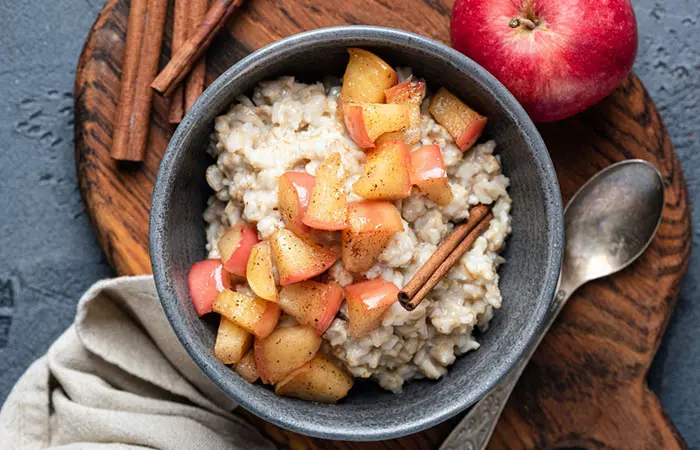
Ingredients
- 40g of oats
- 200 mL of skimmed milk
- ½ teaspoon of cinnamon
- A pinch of allspice
- 1 apple (diced or sliced)
- 2 teaspoons of water
How To Prepare
- Add oats, milk, a pinch of cinnamon, and allspice to a saucepan. Let the mixture come to a boil and then simmer for 5-7 minutes until it thickens.
- Boil apple and cinnamon in the water in a separate pan. Keep the flame low.
- Add the cooked apple on top of the porridge and serve it hot.
2. Haddock And Lettuce Kedgeree
Ingredients
- 1 onion
- 1 tablespoon of olive oil
- 1 teaspoon of turmeric
- ½ teaspoon of curry powder
- 2 garlic cloves (crushed and chopped)
- 500g ready-to-cook rice
- A large ladleful of low-salt vegetable stock
- 2 filets of haddock (cut into pieces)
- A handful of green lettuce (blanched and torn into pieces)
- Fresh parsley for garnish
How To Prepare
- Sauté onion in olive oil until soft and golden. Add the turmeric and curry powder.
- Stir in the crushed garlic cloves with the ready-cooked rice and a ladle of low-salt vegetable stock.
- Add the haddock pieces and lettuce. Cover and simmer for 10-15 minutes until the fish is cooked.
- Garnish with fresh parsley. Serve and enjoy!
Dinner Recipes
1. Basil Pesto Pasta
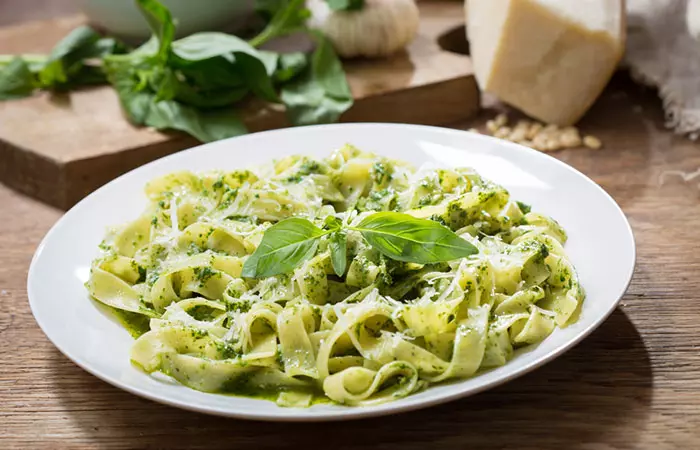
Ingredients
- 250g of dry pasta
- 2 cloves of garlic (paste)
- 1/4 cup parmesan cheese (shredded)
- 2 cups of freshly chopped basil
- 2 tablespoons of olive oil
- 1/4 cup of pine nuts (chopped)
How To Prepare
- Boil pasta, drain the water, and set it aside.
- Take a fresh bowl and mix garlic, basil, and shredded parmesan cheese to make basil pesto sauce.
- Mix basil pesto sauce, pasta, and oil.
- Your dish is ready! Serve it hot or cold.
2. Crispy Corn Fritters
Ingredients
- 2 cups of corn
- 1/2 cup of white flour
- 1/3 cup of rice milk
- 1/4 teaspoon of garlic powder
- 2 teaspoons of sugar
- 1/4 teaspoon of baking soda
- 2 tablespoons of vegetable oil
- 1/8 teaspoon of salt
- 1/4 teaspoon of black pepper
- 1 egg (lightly beaten)
How To Prepare
- Mix white flour, corn, sugar, baking soda, salt, garlic powder, and pepper until the ingredients bind together well.
- Whisk the egg whites and add them to the corn mixture. Add rice milk and stir until well combined.
- Heat oil in a pan on medium flame. Scoop two tablespoons of corn mixture into the hot oil and flatten it. Flip and fry until it turns golden brown on both sides.
- Fry all fritters like this one by one and your crispy meal is ready to enjoy!
Soup Recipes
1. Creamy Green Pea Soup
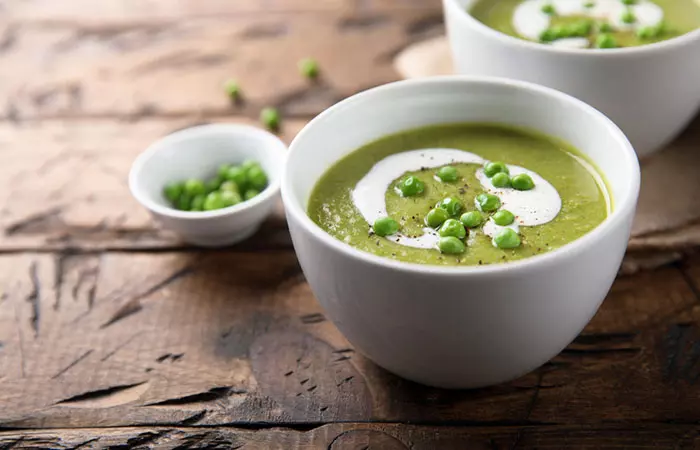
Ingredients
- 1 tablespoon of olive oil
- 1 red onion (diced)
- 1 green onion greens (chopped)
- 2 cloves of garlic
- ½ cup of green peas
- 1 cup of vegetable stock (made with some cabbage, lettuce, and radish)
- 1 tablespoon of heavy cream
- Salt and black pepper to taste
How To Prepare
- Heat oil in a pan and saute onion and garlic on a low to medium flame.
- Add peas and vegetable stock and stir well. Let it simmer until the peas are cooked.
- Remove the soup and cool it for a few minutes. Blend it in a blender.
- Put the blended soup back in the pan over medium-high heat. Add cream. Season it with salt and pepper, stirring occasionally for 2-3 minutes.
- Your soup is ready. Pour it into a bowl and savor it!
2. Corn Soup
Ingredients
- 1 tablespoon of olive oil
- 2 teaspoons of garlic (minced)
- ½ sweet onion (chopped)
- 1 cup of sodium-free chicken stock
- ½ head of green cabbage (shredded)
- ¼ carrots (diced)
- 6 cups of water
- ¼ cups of corn
- 2 pinches of black pepper powder
- 2 tablespoons of fresh thyme (chopped)
How To Prepare
- Heat olive oil in a pan over medium heat.
- Sauté onion and garlic until softened.
- Add water to the pan. Now, add chicken stock, carrots, and cabbage and bring to a boil. Let the mix simmer for about 20-30 minutes.
- Season the soup with black pepper. Garnish with the thyme and serve it hot.
These lip-smacking recipes are a healthy option for those on a low-potassium diet. Please note that these recipes also include some high-potassium ingredients, which are safe to consume in a moderate quantity. However, always consult a dietitian for personalized dietary recommendations and portion sizes.
Exploring low-potassium diet recipes can help you plan meals. At the same time, you must also be aware of common mistakes that can hinder your progress and overall health. Scroll down to know more.
Common Mistakes To Avoid On A Low-Potassium Diet
- Before implementing a low-potassium diet, see your doctor or dietitian to make sure it meets your unique health requirements and prevent any potential nutritional deficiencies.
- Significant levels of potassium may still be present in some foods, such as processed meals and some dairy products. To make sure you don’t go over your potassium limitations always read nutritional labels.
- Follow a well-rounded diet with sufficient amounts of other nutrients while reducing the consumption of foods high in potassium for overall health.
- Medications and medical disorders can all affect potassium requirements. So, it is essential to regularly review your potassium consumption with the help of a healthcare provider.
Infographic: Things To Remember When On A Low-Potassium Diet
A low-potassium diet can be restrictive to follow. But it does not have to be limited to low-potassium foods only. You can make it more flavorful by carefully selecting different foods and trying different cooking methods. The infographic below covers some important points that will help you with your low-potassium diet. Take a look.
Some thing wrong with infographic shortcode. please verify shortcode syntaxA low-potassium diet is helpful for those trying to watch their potassium intake, including people with chronic kidney disease. The diet mainly focuses on consuming various low-potassium foods, such as apples, strawberries, rice milk, and white bread. At the same time, it limits the intake of or excludes high-potassium foods, such as spinach, bananas, potatoes, and sweet potatoes. However, if you are considering following a low-potassium diet, it is important to talk to your doctor or a registered dietitian first. They can help you create a safe and healthy meal plan that meets your individual needs.
Frequently Asked Questions
Can a low-potassium diet be beneficial for athletes?
For athletes, who need balanced electrolyte levels for optimum performance, a low-potassium diet is generally not advised. Athletes should consult with nutritionists to tailor diets that meet their requirements while controlling potassium levels if needed.
Is brinjal high in potassium?
Brinjal or eggplant is not high in potassium as 100 g of brinjal contains 229 mg of potassium (22).
Is curd high in potassium?
No, the curd is a low-potassium food as 100 g of curd contains only 137 mg of potassium (23).
Are almonds high in potassium?
Yes. Almonds are a rich source of potassium. A hundred grams of almonds contain 733 mg of potassium (24).
How can I check my potassium level at home?
You can not check your potassium level at home. Correct potassium levels can be checked only through a blood or urine test.
Can high potassium cause leg cramps?
Yes. A study suggests that overdosing on potassium potassium may cause leg cramps or muscle cramps (25).
What are the symptoms of high potassium in the elderly?
High potassium levels in the elderly may lead to life-threatening symptoms such as irregular heartbeat, muscle weakness, or paralysis (5). Elderly people with chronic hyperkalemia may remain asymptomatic. However, those experiencing sudden spikes in potassium levels may develop severe symptoms such as palpitations, drowsiness, cold skin, mental confusion, and a fall in blood pressure (4).
Does watermelon have potassium?
Yes, 100 g of watermelon contains about 270 mg of potassium (17).
Illustration: Low Potassium Diet: What Is It, How It Works, And Foods To Eat & Avoid
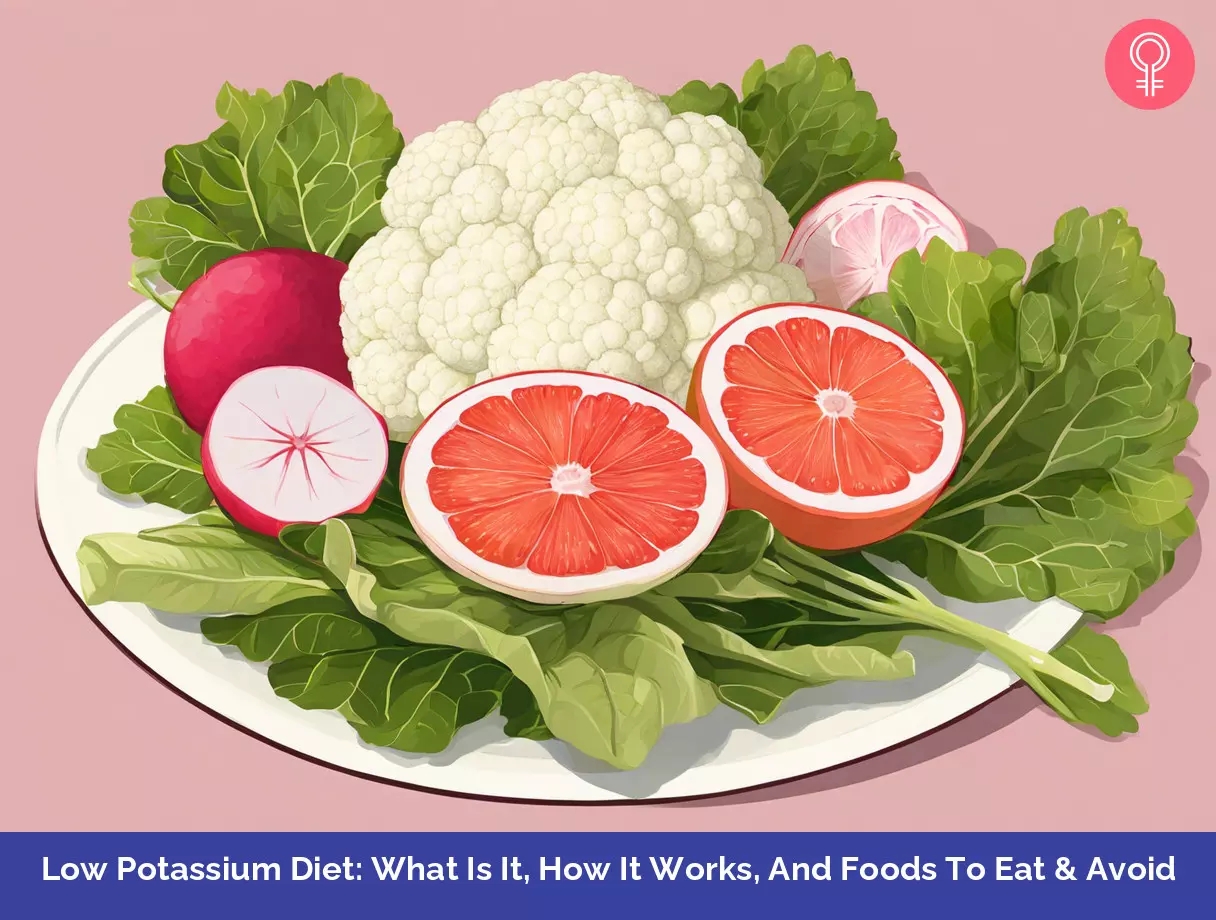
Image: Stable Diffusion/StyleCraze Design Team
Cooking vegetables through the process of leaching and boiling can reduce their potassium levels. Check out the following video to learn how to cook potatoes and vegetables for a low-potassium diet.
References
Articles on StyleCraze are backed by verified information from peer-reviewed and academic research papers, reputed organizations, research institutions, and medical associations to ensure accuracy and relevance. Read our editorial policy to learn more.
- Potassium
https://www.ncbi.nlm.nih.gov/pmc/articles/PMC3648706/ - Current Management of Hyperkalemia in Patients on Dialysis
https://www.ncbi.nlm.nih.gov/pmc/articles/PMC7270720/ - Potassium Metabolism and Management in Patients with CKD
https://www.ncbi.nlm.nih.gov/pmc/articles/PMC8224083/ - Potassium
https://www.ncbi.nlm.nih.gov/books/NBK539791/ - Hyperkalemia
https://www.ncbi.nlm.nih.gov/books/NBK470284/ - Is sodium and potassium content of commonly consumed processed packaged foods a cause of concern?
https://pubmed.ncbi.nlm.nih.gov/28867081/ - Raw Fruits Poster
http://www.fda.gov/food/nutrition-food-labeling-and-critical-foods/raw-fruits-poster-text-version-accessible-version - Overnight soaking or boiling of “Matooke” to reduce potassium content for patients with chronic kidney disease: does it really work?
https://www.ncbi.nlm.nih.gov/pmc/articles/PMC3824419/ - The effects of boiling and leaching on the content of potassium and other minerals in potatoes
https://pubmed.ncbi.nlm.nih.gov/18576999/ - Removal of Potassium From Tuberous Root Vegetables by Leaching
https://www.sciencedirect.com/science/article/abs/pii/S105122760600166X - Treatment and pathogenesis of acute hyperkalemia
https://www.ncbi.nlm.nih.gov/pmc/articles/PMC3714047/ - Hyperkalemia and the Use of New Potassium Binders a Single Center Experience from Vestfold Norway (The PotBind Study)
https://pubmed.ncbi.nlm.nih.gov/36960344/ - Potassium-Binding Agents for the Clinical Management of Hyperkalemia
https://www.ncbi.nlm.nih.gov/pmc/articles/PMC4699486/ - Potassium and Health
https://www.ncbi.nlm.nih.gov/pmc/articles/PMC3650509/ - Nutrition Information for Raw Vegetables
http://www.fda.gov/food/nutrition-food-labeling-and-critical-foods/nutrition-information-raw-vegetables - Dietary Approach to Recurrent or Chronic Hyperkalaemia in Patients with Decreased Kidney Function
https://www.ncbi.nlm.nih.gov/pmc/articles/PMC5872679/ - Raw Fruits Poster
http://www.fda.gov/food/nutrition-food-labeling-and-critical-foods/raw-fruits-poster-text-version-accessible-version - Plant-Based Milk Alternatives and Risk Factors for Kidney Stones and Chronic Kidney Disease
https://www.ncbi.nlm.nih.gov/pmc/articles/PMC8611107/ - Egg Intake in Chronic Kidney Disease
https://www.ncbi.nlm.nih.gov/pmc/articles/PMC6315879/ - Low-Protein Diet: History and Use of Processed Low-Protein Rice for the Treatment of Chronic Kidney Disease
https://pubmed.ncbi.nlm.nih.gov/34681304/ - Chronic kidney disease and dietary measures to improve outcomes
https://www.ncbi.nlm.nih.gov/pmc/articles/PMC6623973/ - Eggplant raw
https://fdc.nal.usda.gov/fdc-app.html#/food-details/169228/nutrients - How sound is the science behind the dietary recommendations for dairy?
https://www.ncbi.nlm.nih.gov/pmc/articles/PMC6410894/ - Nuts almonds
https://fdc.nal.usda.gov/fdc-app.html#/food-details/170567/nutrients - A Patient Developed Painful Muscle Cramps due to Overeating Mangos
https://www.ncbi.nlm.nih.gov/pmc/articles/PMC3471402/
Read full bio of Dr. Sandeep Jassal
Read full bio of Himanshi Mahajan
Read full bio of Arshiya Syeda
Read full bio of Moksha Gandhi








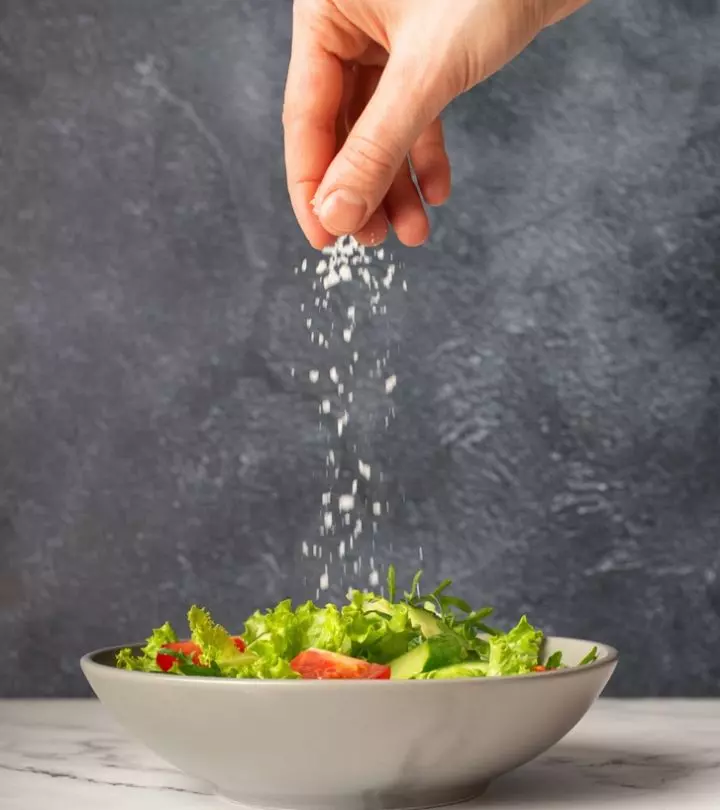

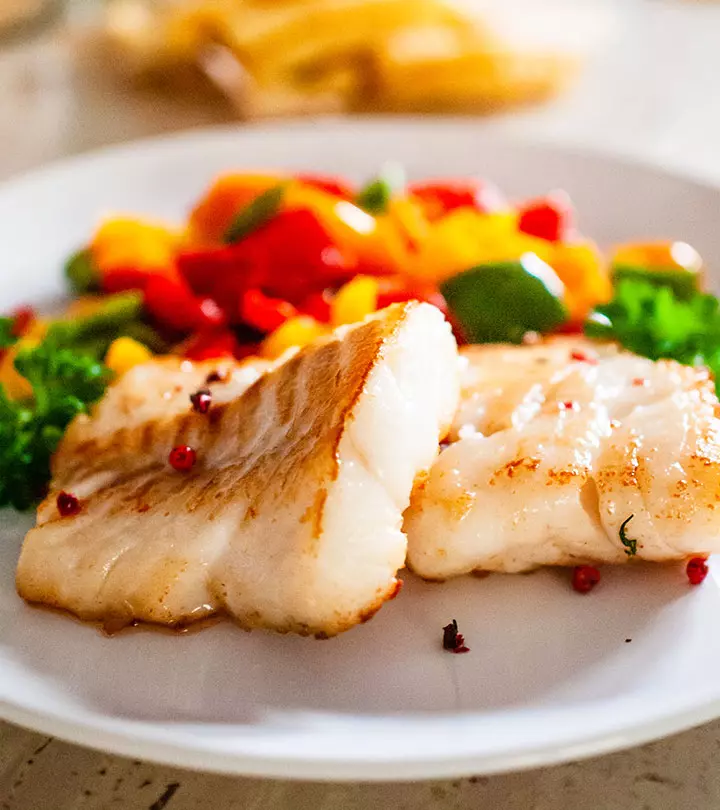
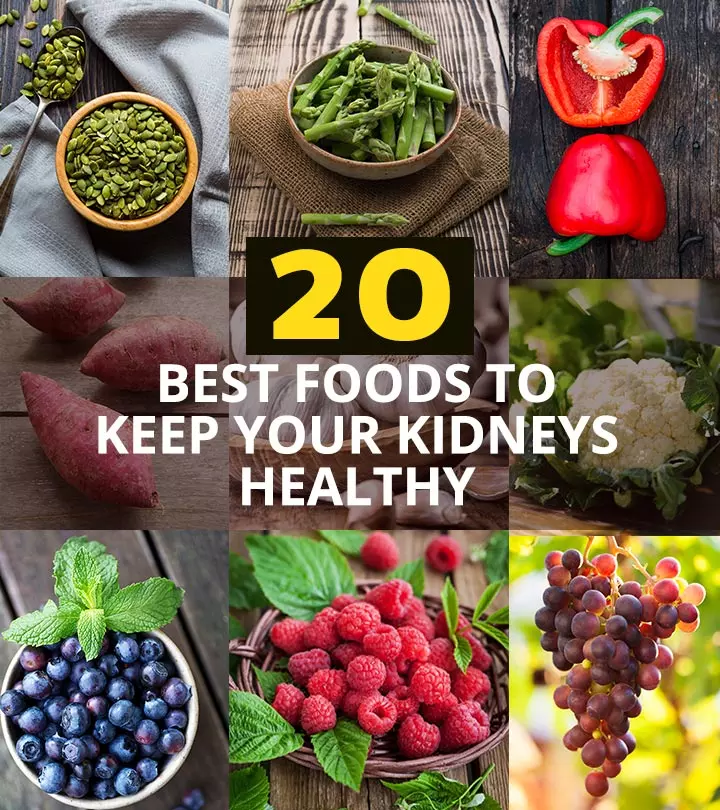
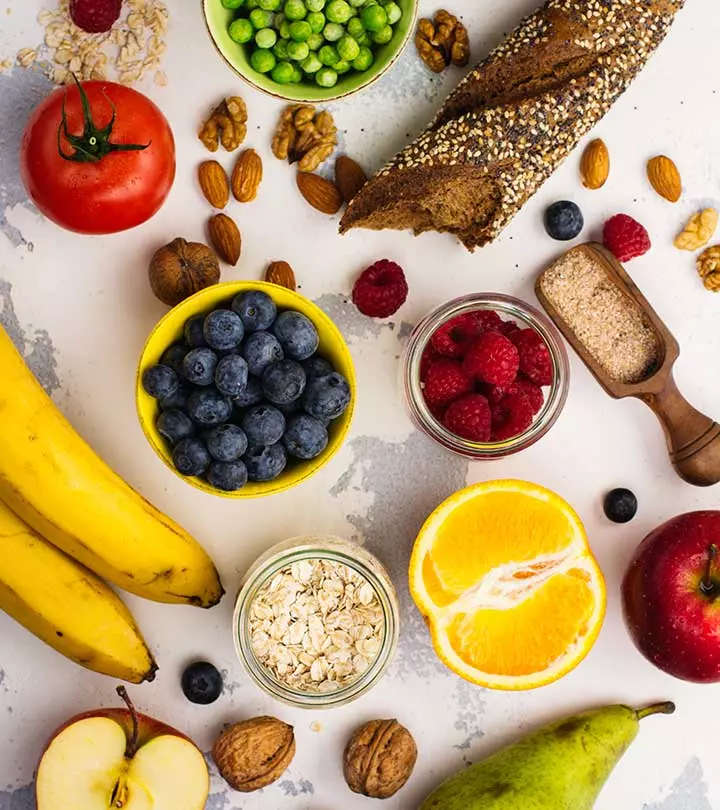
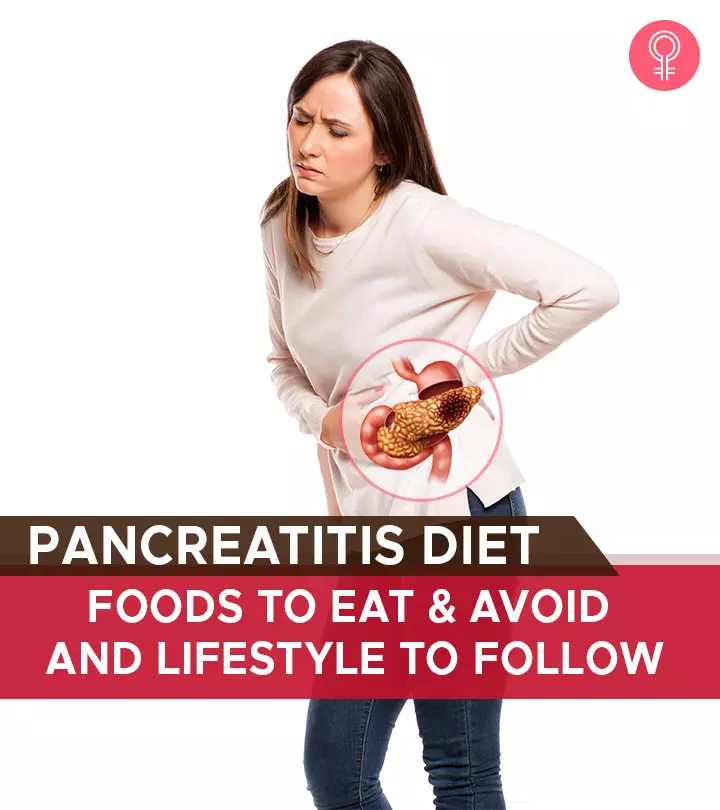
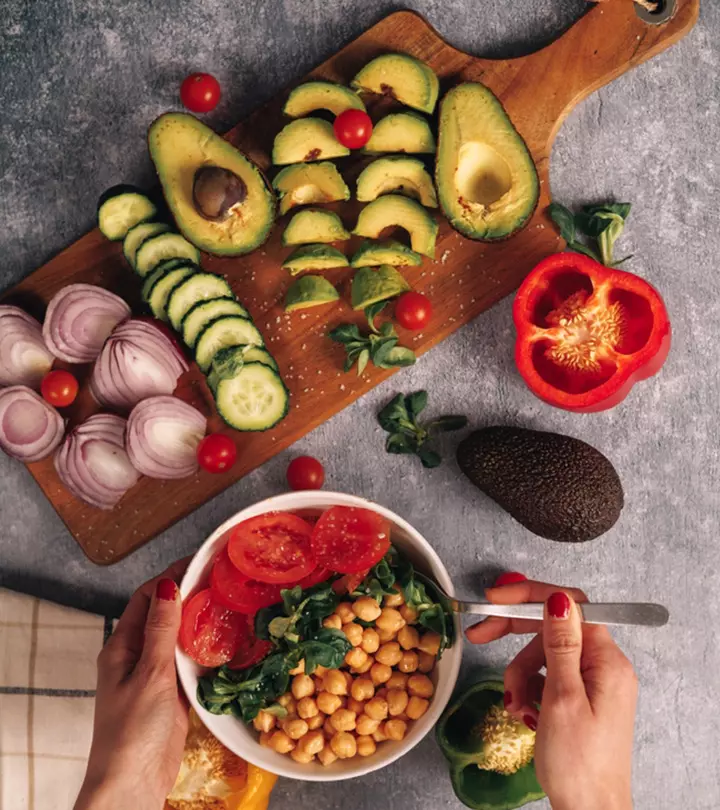
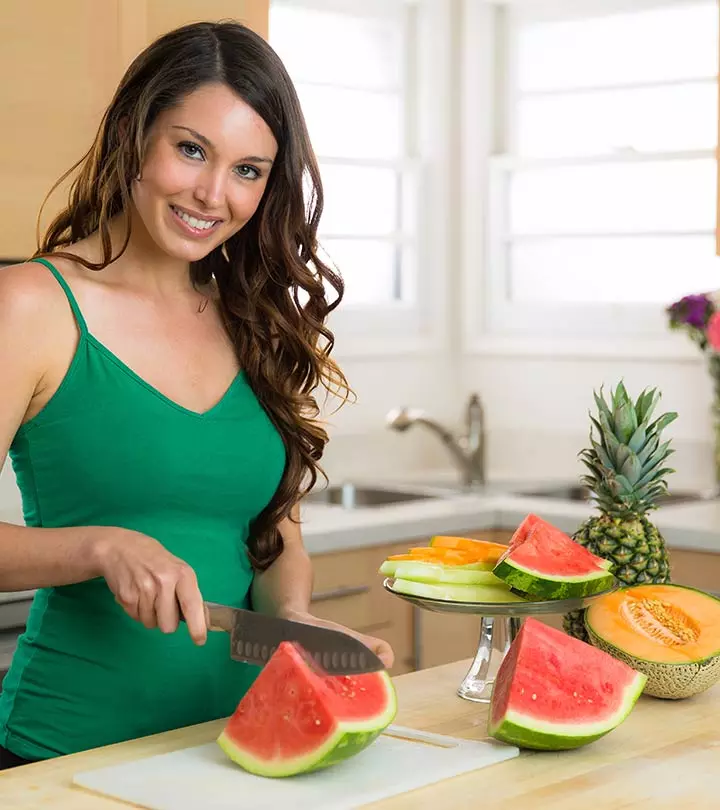
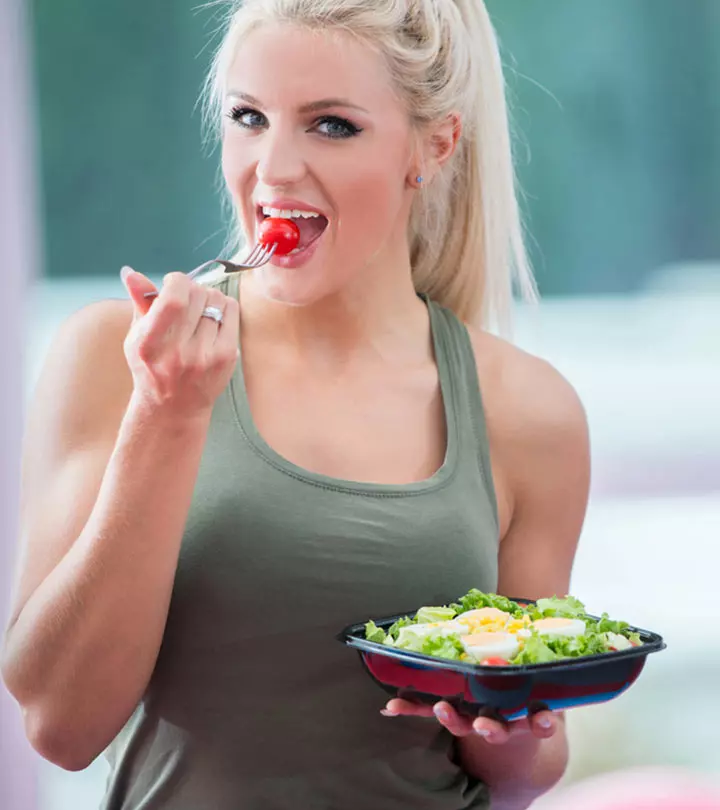
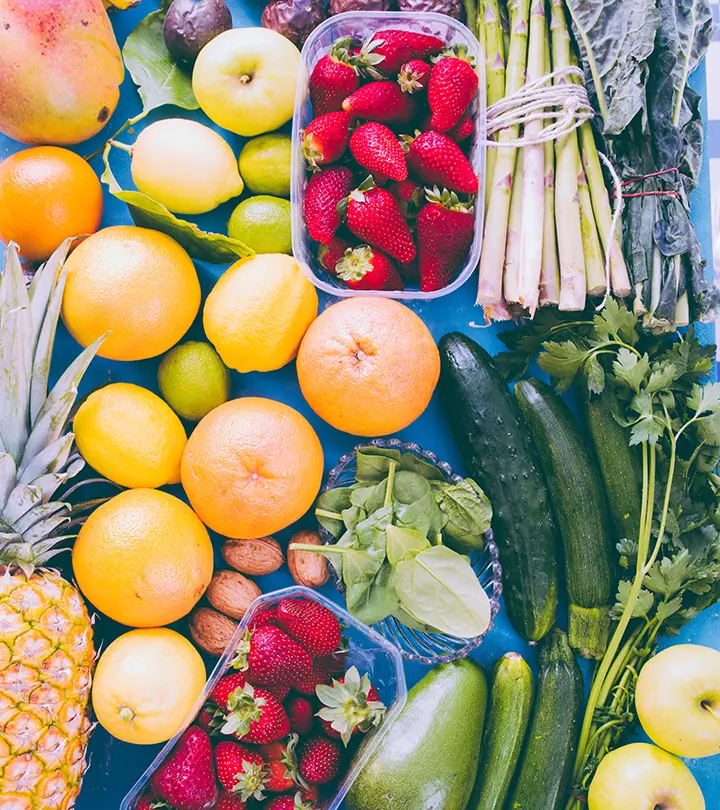

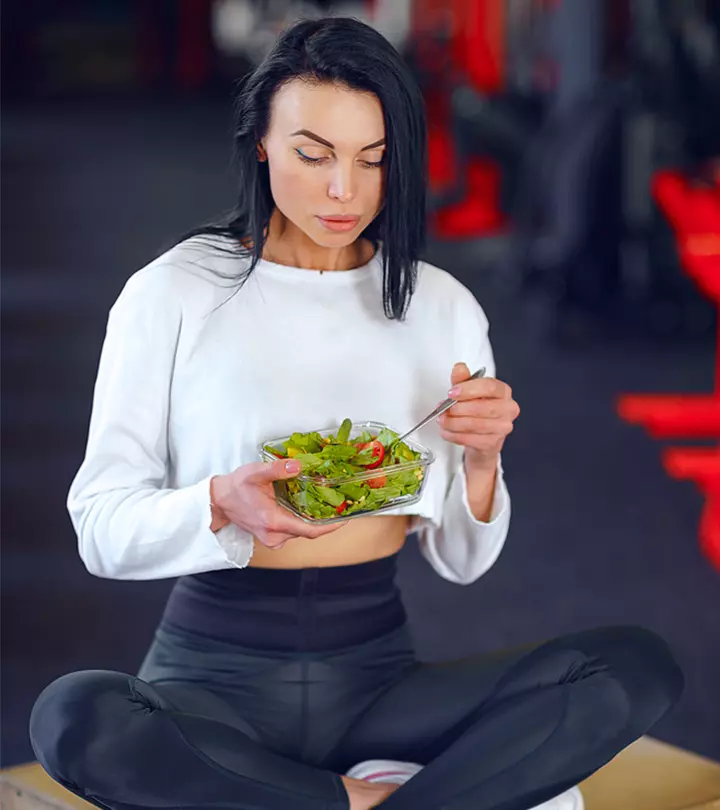


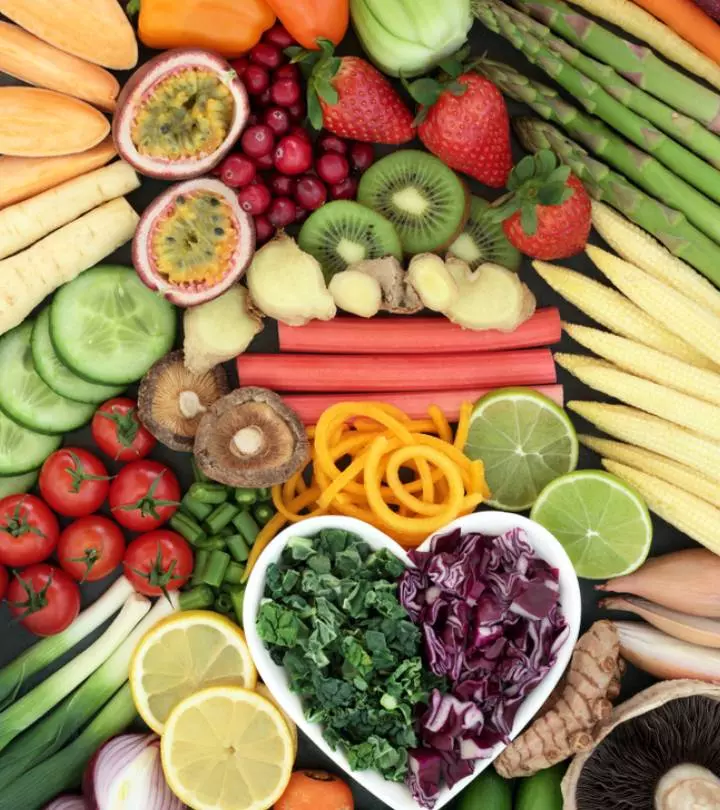
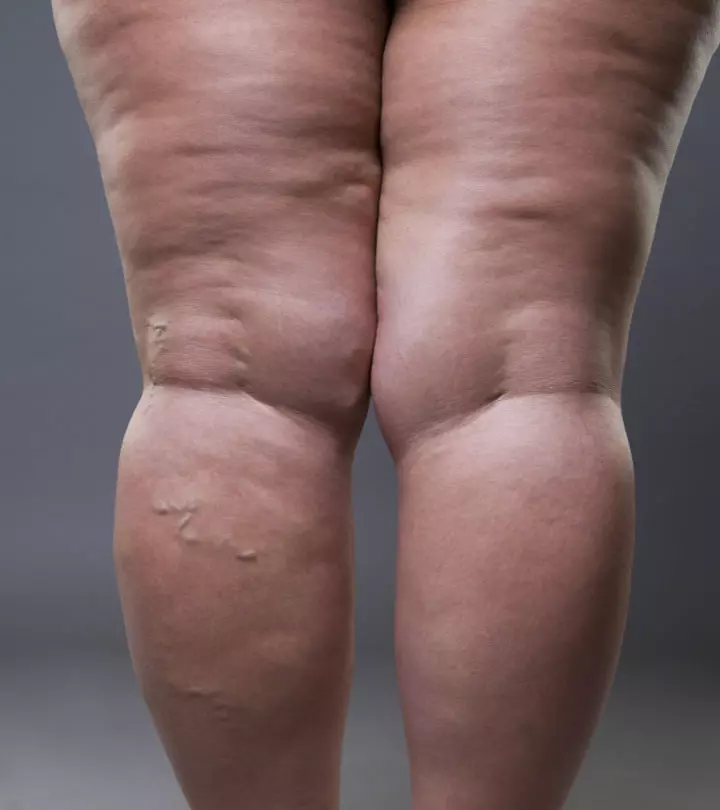
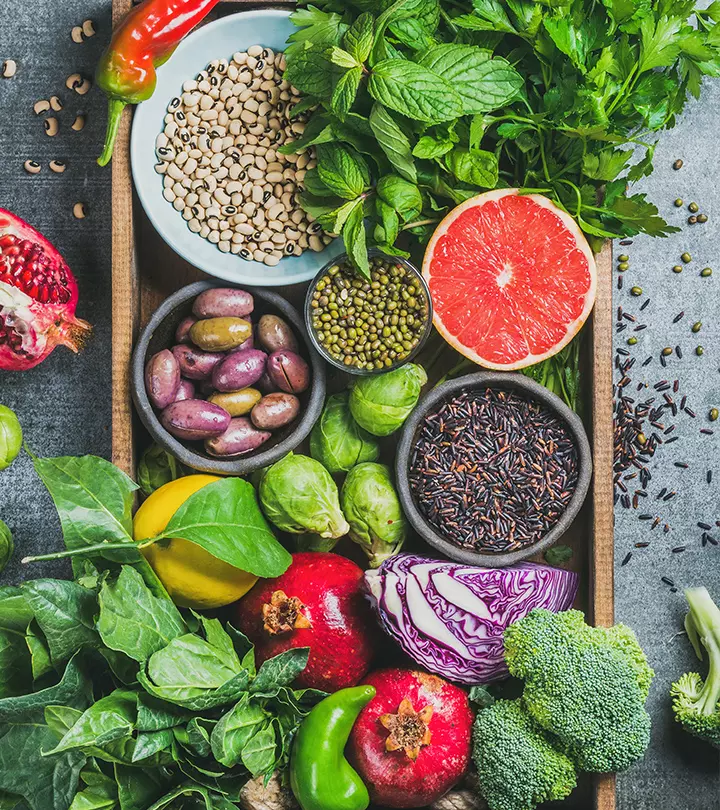
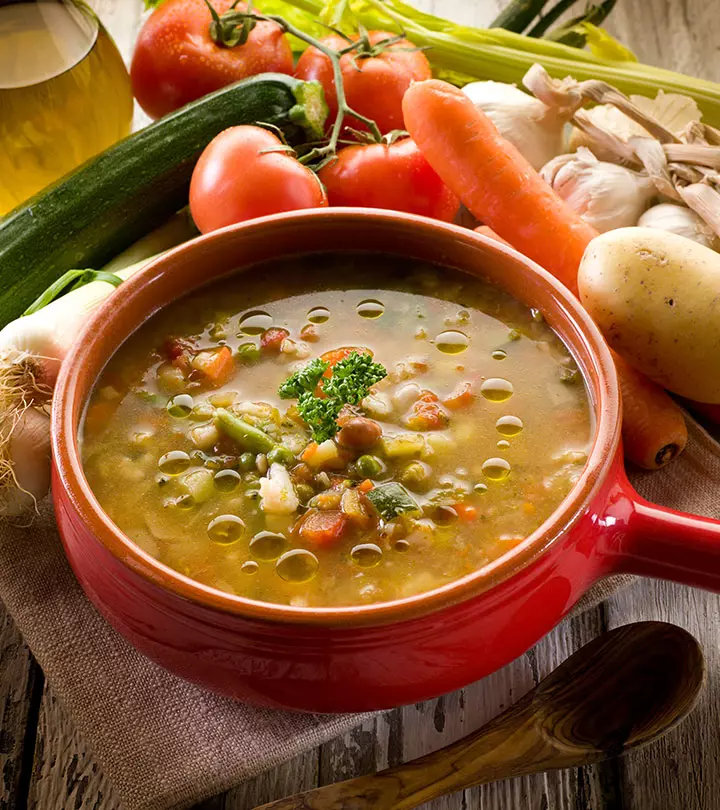

Community Experiences
Join the conversation and become a part of our empowering community! Share your stories, experiences, and insights to connect with other beauty, lifestyle, and health enthusiasts.